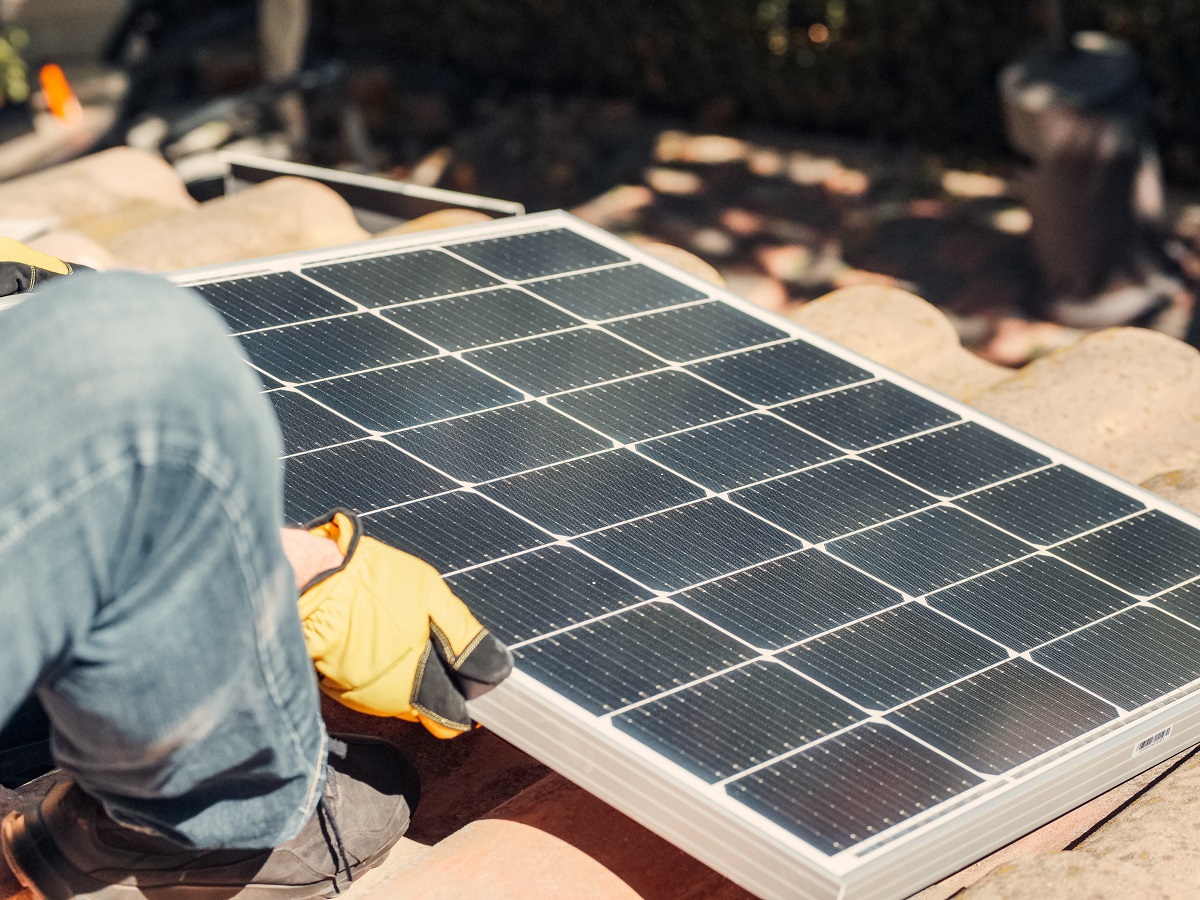Last year, China installed a record amount of solar panels on roofs, as residential development surpassed solar farm installations.
According to the National Energy Administration, rooftop solar installations accounted for more than half of the 51 gigawatts of solar power added in 2021, Bloomberg Green reports.
According to the NEA, China currently has 108 GW of rooftop solar, more than any other country, after installing 29 GW in 2021. As developers hurried to fulfill a subsidy deadline, the majority of the additional capacity was constructed in the fourth quarter.
Last year, China installed a record amount of solar panels on roofs, as residential development surpassed solar farm installations.
According to the National Energy Administration, rooftop solar installations accounted for more than half of the 51 gigawatts of solar power added in 2021.
According to the NEA, China currently has 108 GW of rooftop solar, more than any other country, after installing 29 GW in 2021. As developers hurried to fulfill a subsidy deadline, the majority of the additional capacity was constructed in the fourth quarter.
Larger-scale installations, on the other hand, have stalled because to exorbitant prices and project delays. Before being forced to lower its prediction earlier this year, China’s primary industry association predicted that total additions in 2021 may reach 65 GW.
However, the solar industry forecasts growth to increase to produce than 75 GW in 2022, breaking the previous record. The establishment of enormous renewable energy centers in the country’s interior, as well as government backing for home solar, will propel it.
Urban infrastructure should continue to support growth even after the subsidy has expired. Local governments may now save money by buying in bulk, and a pilot initiative to boost adoption was started last year, attracting hundreds of cities and towns. Participants would be asked to install panels on 50% of accessible space at government buildings, 40% for schools and hospitals, 30% for industrial buildings, and 20% for rural families by the end of 2023.
Shandong, in eastern China, has embraced rooftop solar the most, adding more than 12 GW in the last two years. However, the province currently has so much capacity that officials are considering limiting supplies during low-demand seasons such as the Lunar New Year.

